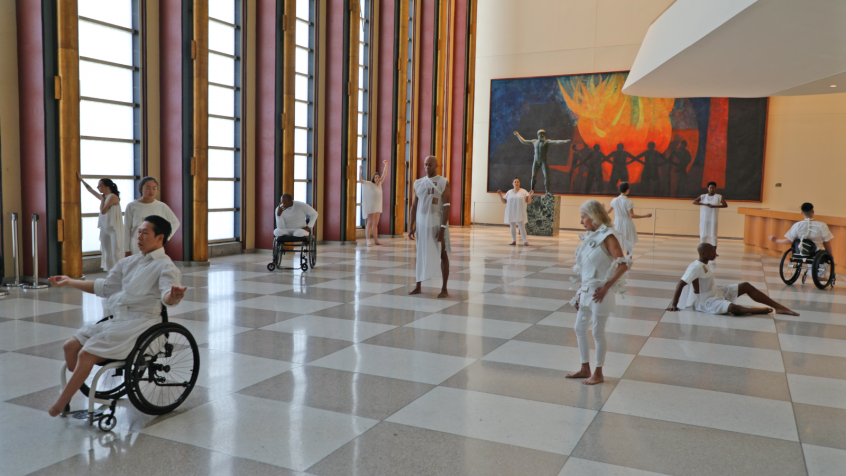The International Day of Persons with Disabilities is celebrated annually every December 3 and arose after the adoption of resolution 47/3 at the United Nations General Assembly in 1992.
This day was born with the aim of “promoting the rights and well-being of persons with disabilities in all areas of society and development, as well as raising awareness of their situation in all aspects of political, social, economic and cultural life.”
In addition, in 2019 the United Nations launched its Strategy for Disability Inclusion, “the foundation for sustainable and transformative progress towards disability inclusion in all pillars of the UN’s work.” To understand disability in all its magnitude, we can point to a series of data that give us an idea of the relevance of supporting the integration of the multiple realities and needs of people with some type of functional diversity and thus be able to have a greater empathy that helps us to put ourselves in their situation in different situations.
According to the United Nations, of the approximately one billion people with some type of disability worldwide, four out of every five live in developing countries. It is also estimated that almost half (46%) of people over the age of 60 have some kind of functional diversity.
On the other hand, one in five women will have some kind of disability in her lifetime, while one in ten children also has some kind of functional diversity.





Comments are closed for this post.